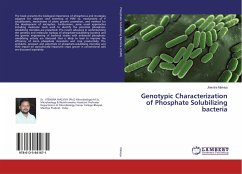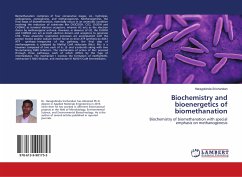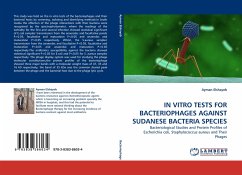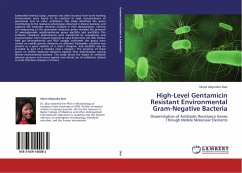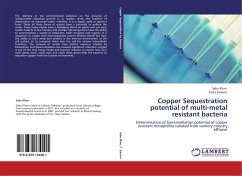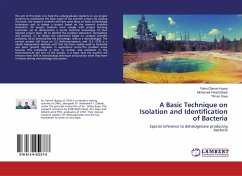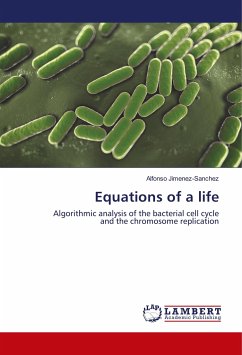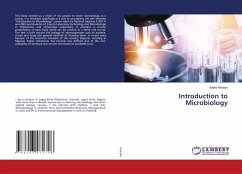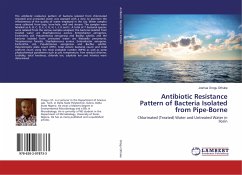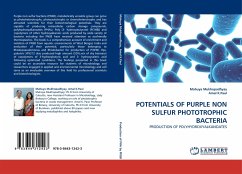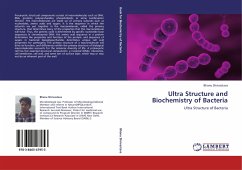
Ultra Structure and Biochemistry of Bacteria
Ultra Structure of Bacteria
Versandkostenfrei!
Versandfertig in 6-10 Tagen
52,99 €
inkl. MwSt.

PAYBACK Punkte
26 °P sammeln!
Procaryotic structural components consist of macromolecules such as DNA, RNA, proteins, polysaccharides, phospholipids, or some combination thereof. The macromolecules are made up of primary subunits such as nucleotides, amino acids and sugars. It is the sequence in which the subunits are put together in the macromolecule, called the primary structure, that determines many of the properties that the macromolecule will have. Thus, the genetic code is determined by specific nucleotide base sequences in chromosomal DNA; the amino acid sequence in a protein determines the properties and function o...
Procaryotic structural components consist of macromolecules such as DNA, RNA, proteins, polysaccharides, phospholipids, or some combination thereof. The macromolecules are made up of primary subunits such as nucleotides, amino acids and sugars. It is the sequence in which the subunits are put together in the macromolecule, called the primary structure, that determines many of the properties that the macromolecule will have. Thus, the genetic code is determined by specific nucleotide base sequences in chromosomal DNA; the amino acid sequence in a protein determines the properties and function of the protein; and sequence of sugars in bacterial lipopolysaccharides determines unique cell wall properties for pathogens. The primary structure of a macromolecule will drive its function, and differences within the primary structure of biological macromolecules accounts for the immense diversity of life. A prokaryotic cell has five essential structural components: a nucleoid (DNA), ribosomes, cell membrane, cell wall, and some sort of surface layer, which may or may not be an inherent part of the wall.



